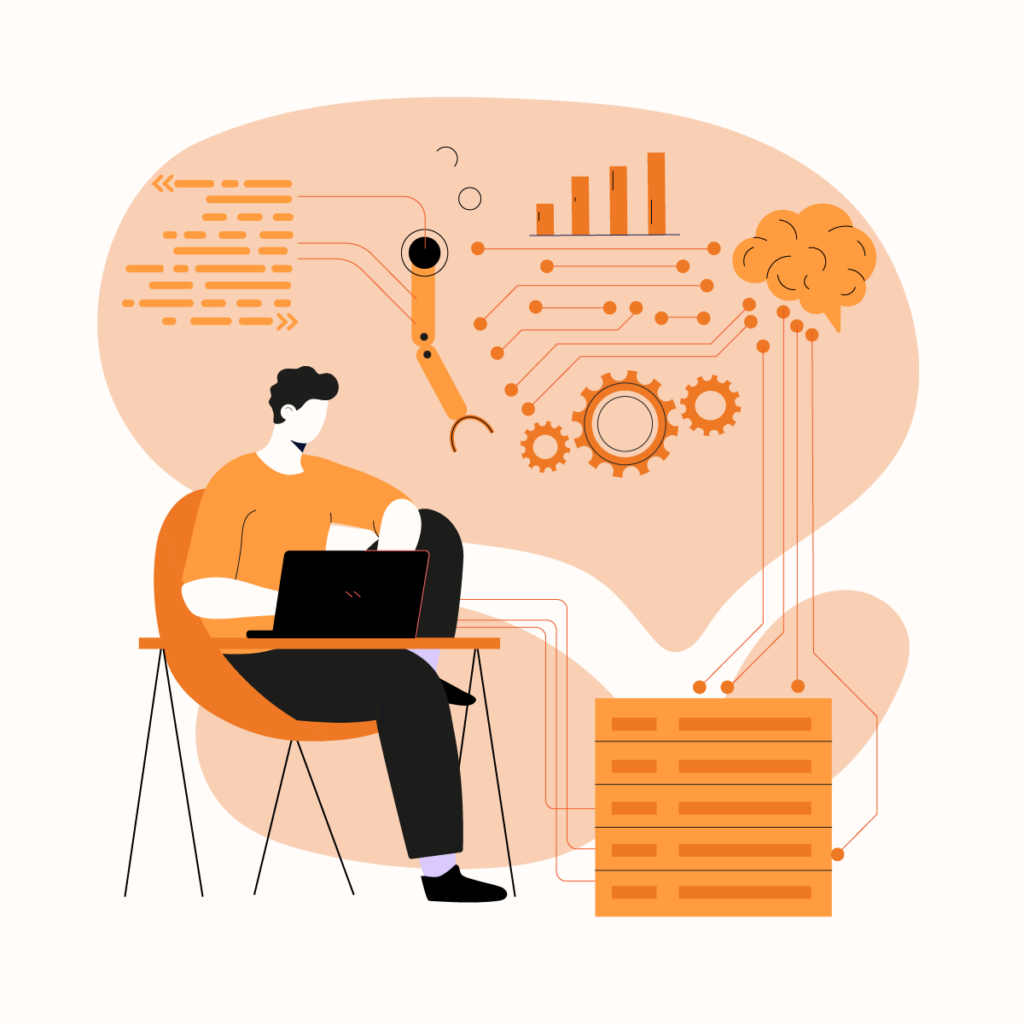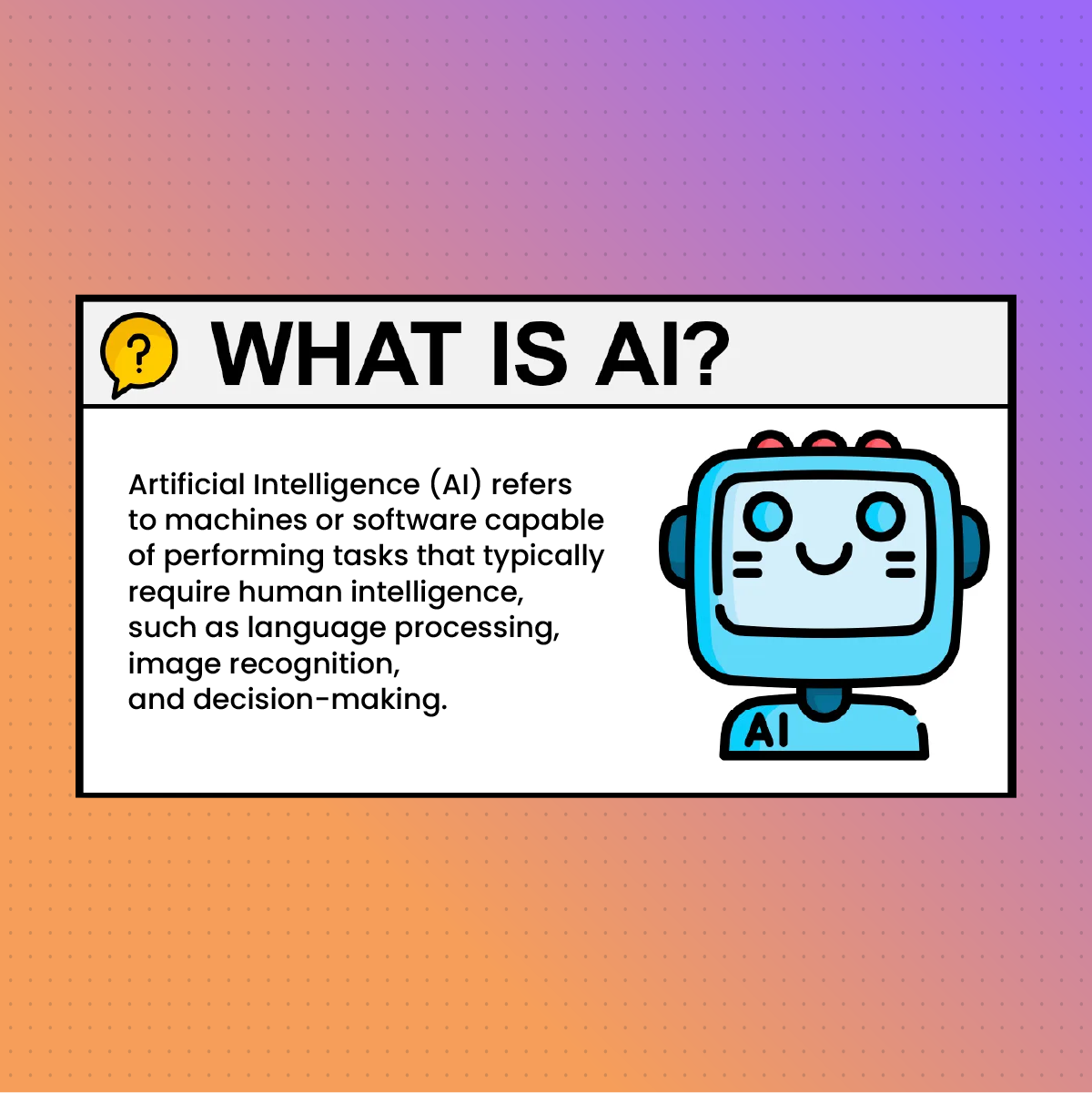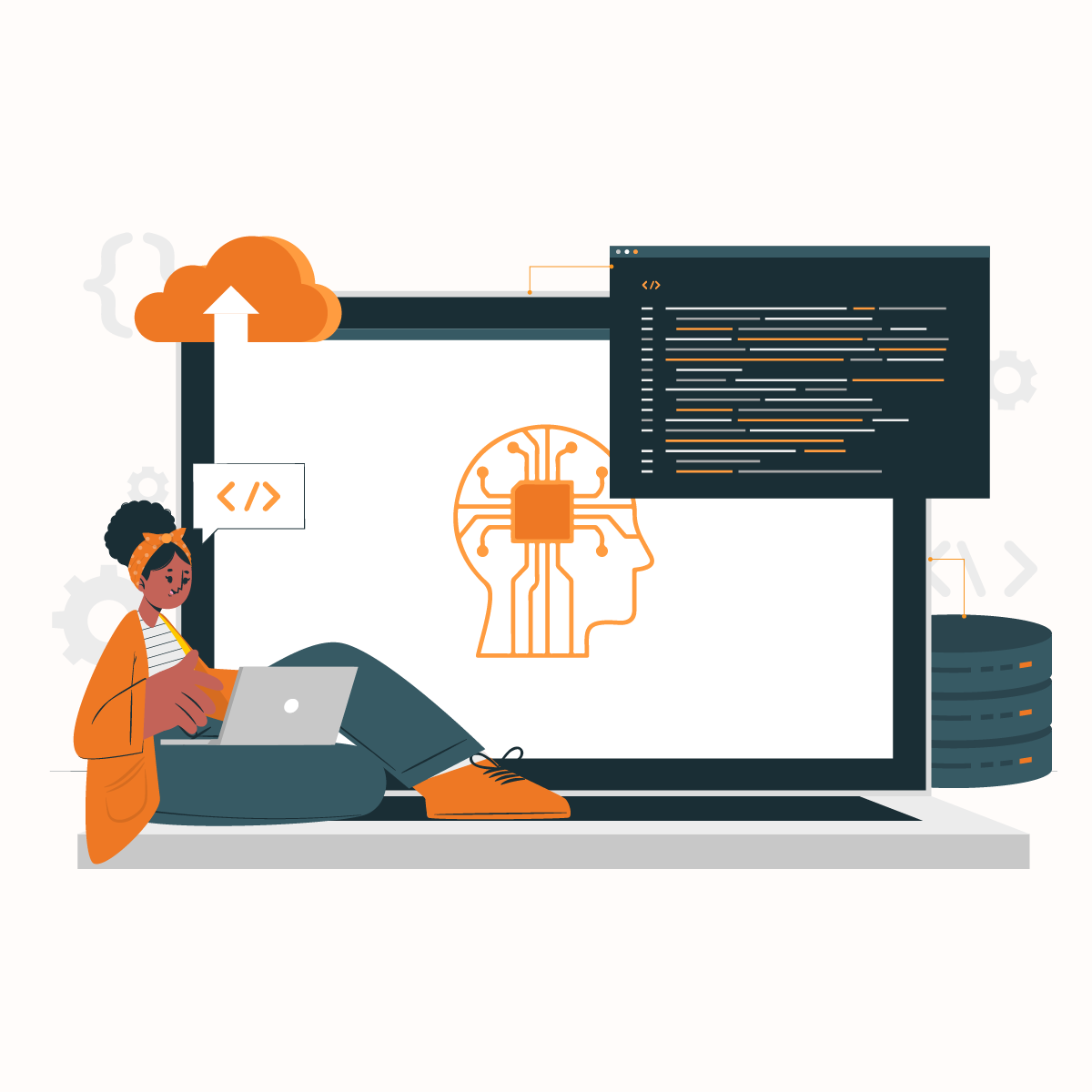Artificial intelligence (AI) has rapidly evolved, revolutionizing industries such as finance, healthcare, e-commerce, cybersecurity, and beyond. However, as AI projects grow in complexity, scalability becomes a significant challenge. AI systems rely on vast amounts of data to train models, improve accuracy, and make intelligent decisions. The ability to efficiently access and process large datasets is critical for the success of AI-driven solutions.
One of the biggest hurdles AI companies face is unrestricted data access. Many online platforms implement IP-based restrictions, CAPTCHAs, and rate limits, making large-scale data collection and real-time processing difficult. Additionally, security concerns, latency issues, and geographic restrictions add further complications when scaling AI projects.
This is where proxies come into play. Proxies serve as intermediaries between AI systems and the internet, allowing seamless data retrieval, improved security, and optimized performance. By intelligently managing IP addresses, proxies enable AI companies to bypass restrictions, reduce network congestion, and ensure efficient data processing.
In this article, we’ll explore how proxies from NetNut help AI projects scale by overcoming key data challenges, improving performance, and enhancing security. We’ll also discuss the best types of proxies for AI companies and how to implement them effectively.
Understanding AI and Proxies
To fully grasp how proxies aid in scaling AI projects, it’s essential to understand both AI-driven data needs and the role of proxies in internet connectivity.
What is AI and Why Does it Rely on Data?
Artificial Intelligence (AI) refers to machines or software capable of performing tasks that typically require human intelligence, such as language processing, image recognition, and decision-making. AI-powered applications—including machine learning (ML) models, natural language processing (NLP) systems, and computer vision technologies—depend on vast amounts of high-quality data to function effectively.
AI systems require constant access to diverse datasets for:
- Model Training – AI algorithms improve by learning from large datasets.
- Real-Time Data Processing – AI applications such as fraud detection or recommendation engines require continuous data streams.
- Market & Competitive Analysis – AI-powered tools collect data for price monitoring, sentiment analysis, and predictive analytics.
- Automation & Decision-Making – AI systems generate insights by analyzing patterns in data.
However, gathering and processing data at scale isn’t straightforward. Many platforms impose geo-restrictions, rate limits, and IP bans to prevent automated data collection, which can severely impact AI projects.
What Are Proxies and How Do They Work?
A proxy server acts as an intermediary between a user’s device (or an AI system) and the internet. Instead of connecting directly to a website, the request first passes through the proxy server, which assigns a different IP address. This process helps bypass restrictions, distribute traffic efficiently, and enhance security.
There are various types of proxies, each with unique benefits for AI projects:
- Residential Proxies – IPs assigned by internet service providers (ISPs) to real users, making them highly reliable for web scraping and data extraction.
- Datacenter Proxies – High-speed, cost-effective proxies not tied to an ISP, commonly used for large-scale automation.
- Mobile Proxies – IPs assigned to mobile devices via cellular networks, useful for AI applications that interact with mobile platforms.
- ISP Proxies – A hybrid of residential and datacenter proxies, offering both speed and authenticity for AI-driven data operations.
Why Proxies Are Essential for AI Scalability
As AI projects grow, they require seamless access to data, optimized network performance, and robust security. Proxies play a crucial role in enabling AI systems to:
- Bypass IP-based restrictions and captchas for uninterrupted data collection.
- Distribute network traffic to improve speed and prevent congestion.
- Mask IP addresses to protect AI-driven automation from being blocked or flagged.
- Gather geo-specific data to enhance AI model localization and personalization.
By leveraging the right proxies, AI companies can ensure unrestricted data access, enhanced security, and seamless scalability—all critical factors for AI project success.
Key Challenges in Scaling AI Projects
As AI projects grow in scale and complexity, they encounter several obstacles that can slow down development, limit data access, and increase operational costs. Understanding these challenges is essential for implementing the right solutions—such as proxies—to overcome them.
Data Collection Limitations
AI models are only as good as the data they are trained on. However, acquiring high-quality, large-scale datasets comes with significant challenges:
A. Geo-Restrictions & IP Blocking
Many websites restrict access to content based on a user’s geographical location. AI projects that require global data—such as sentiment analysis, e-commerce price monitoring, or language model training—often hit roadblocks when trying to gather region-specific data.
Example: A financial AI model analyzing stock market trends across different countries may be blocked from accessing financial reports due to geo-restrictions.
B. Rate Limiting & CAPTCHAs
Websites often impose request limits to prevent excessive traffic from a single IP address. AI-driven web scrapers and data aggregators sending multiple requests per second risk triggering rate limits or CAPTCHAs, slowing down operations or causing outright bans.
Example: An AI-powered market research tool scraping e-commerce pricing data may be restricted after sending too many requests from a single IP.
C. Incomplete or Biased Data Access
AI models require diverse datasets to perform accurately. If an AI system can only access partial data due to restrictions, the model may develop biases or produce inaccurate results. This is particularly critical for AI systems used in decision-making, such as fraud detection or medical AI.
Infrastructure & Network Constraints
As AI projects scale, infrastructure bottlenecks can hinder performance.
A. High Bandwidth Consumption
AI models processing vast amounts of data in real time require significant bandwidth. If the network is not optimized, latency issues can delay AI computations, impacting applications like:
- AI-powered chatbots (requiring real-time response generation)
- Automated trading algorithms (where milliseconds matter)
- Fraud detection systems (which must instantly flag suspicious transactions)
B. Distributed AI Processing Challenges
AI projects often require distributed data processing across multiple servers or cloud environments. Without efficient load balancing and optimized network routing, AI applications may experience slowdowns, increased costs, or failed processes.
Example: A machine learning model running on multiple cloud instances needs to fetch data from multiple sources simultaneously but struggles due to bottlenecks in data retrieval.
Security & Privacy Concerns
AI projects handling sensitive data must prioritize security. Without proper protection, AI-driven systems can become vulnerable to cyber threats, data leaks, and unauthorized access.
A. Exposure to Cyber Threats
AI systems interacting with the internet—especially those conducting large-scale scraping or automated analysis—are often targeted by malicious bots, DDoS attacks, and hacking attempts. If an AI infrastructure is exposed, attackers can:
- Steal or manipulate training data
- Inject harmful inputs to corrupt AI models (adversarial attacks)
- Exploit API vulnerabilities to gain unauthorized access
Example: A cybersecurity AI model designed to detect phishing websites could be fed misleading data by attackers, reducing its effectiveness.
B. Maintaining Anonymity & Data Compliance
Many AI companies must adhere to strict data privacy regulations (such as GDPR, CCPA, and HIPAA). When collecting data at scale, organizations must ensure compliance to avoid legal repercussions.
Example: A healthcare AI model analyzing global medical research must avoid collecting personally identifiable information (PII) from restricted sources to remain compliant.
How Proxies Solve These Challenges
Proxies help AI companies overcome data limitations, infrastructure constraints, and security risks by:
- Bypassing geo-restrictions to collect global datasets
- Rotating IPs to avoid bans, rate limits, and CAPTCHAs
- Optimizing data retrieval speed to support large-scale AI processing
- Enhancing security by masking AI systems’ identities and preventing cyber threats
In the next section, we’ll explore how proxies actively help AI companies scale by addressing these challenges in more detail.
How Proxies Help Scale AI Projects
Proxies play a crucial role in addressing the scalability challenges of AI projects. From enabling unrestricted data access to optimizing performance and security, proxies provide AI companies with the tools they need to expand their capabilities. Let’s explore how proxies facilitate AI scaling in detail.
Efficient Web Scraping for AI Training
One of the biggest challenges AI projects face is acquiring high-quality, diverse datasets. AI models require vast amounts of training data, but many websites impose restrictions on automated data collection.
How Proxies Help with AI Web Scraping
- Bypassing Geo-Restrictions – Proxies allow AI companies to access region-specific data by providing IP addresses from different locations.
- Avoiding IP Bans & CAPTCHAs – Rotating proxies ensure that AI scrapers distribute requests across multiple IPs, preventing detection and bans.
- Enhancing Data Collection Speed – With multiple concurrent connections, proxies improve the efficiency of large-scale web scraping.
Example: A natural language processing (NLP) AI model that requires diverse language datasets can use proxies to gather text from global sources without restrictions.
Enhanced Performance & Speed Optimization
AI applications require high-speed data access for real-time processing and decision-making. Network congestion, latency issues, and inefficient routing can slow down AI workloads.
How Proxies Improve AI Performance
- Load Balancing – AI projects handling millions of requests benefit from proxy-based request distribution, reducing server overload.
- Lower Latency – High-speed datacenter proxies optimize request routing, ensuring faster response times.
- Content Caching – Proxies can store frequently accessed data, reducing the need for repeated requests.
Example: A financial AI system monitoring stock market fluctuations can use proxies to fetch real-time data with minimal latency.
Strengthening Security and Anonymity
AI companies handling sensitive data must protect their systems from cyber threats, unauthorized access, and malicious actors.
How Proxies Enhance AI Security
- IP Masking & Anonymity – Proxies prevent websites from tracking AI systems by concealing real IP addresses.
- DDoS & Bot Protection – Proxies help mitigate DDoS attacks by distributing traffic across multiple IPs.
- Preventing AI Model Manipulation – Adversarial attacks that attempt to feed AI models misleading data can be mitigated with secure proxy setups.
Example: A cybersecurity AI tool analyzing phishing websites can use proxies to avoid detection and prevent counterattacks.
Geo-Specific AI Model Training and Testing
Many AI projects require geo-specific data to improve model accuracy for different regions and user demographics.
How Proxies Enable Geo-Specific AI Scaling
- Localized Data Collection – AI systems can access region-specific datasets using proxies with IPs from target locations.
- Cultural & Linguistic Adaptation – AI-powered chatbots and translation models improve performance when trained on localized data.
- E-commerce & Pricing Intelligence – Retail AI models can analyze region-based pricing and consumer behavior.
Example: A voice recognition AI system using proxies can collect speech samples from different regions to improve language model accuracy.
The Impact of Proxies on AI Scaling
By integrating proxies, AI companies can:
- Access unlimited data for improved model accuracy
- Ensure high-speed and low-latency processing
- Strengthen security and anonymity
- Train AI models with region-specific datasets
In the next section, we’ll explore the best types of proxies for AI companies and how to choose the right one.
Best Types of Proxies for AI Companies
Choosing the right type of proxy is essential for AI companies looking to scale efficiently. Different proxy types serve different purposes, from high-speed data scraping to secure AI model training. Let’s explore the best proxy types for AI applications and their specific use cases.
Residential Proxies: Best for Large-Scale Data Collection
What are Residential Proxies?
Residential proxies use real IP addresses assigned by Internet Service Providers (ISPs) to real devices. Since these proxies appear as genuine users, they are highly effective for bypassing geo-restrictions and avoiding detection.
Benefits for AI Companies
- Bypass Geo-Restrictions – Access region-specific content for training AI models.
- Avoid Detection – Websites are less likely to block residential proxies since they appear as regular users.
- Improve Data Accuracy – Useful for AI models that require diverse and unbiased datasets.
Best Use Case: AI-powered market intelligence tools that collect pricing, trends, and sentiment data from e-commerce platforms, social media, and news websites.
Datacenter Proxies: Best for Speed and High-Volume Requests
What are Datacenter Proxies?
Datacenter proxies are generated by third-party servers and are not tied to ISPs. They are known for high speed and low cost, making them ideal for high-volume AI tasks.
Benefits for AI Companies
- High-Speed Processing – Ensures rapid data retrieval for AI systems.
- Cost-Effective – Ideal for projects needing large-scale data extraction.
- Great for Non-Restricted Data – Works well when websites don’t impose strict anti-scraping measures.
Best Use Case: AI-driven automated testing and web crawling applications that require fast and continuous data collection.
Mobile Proxies: Best for AI Interacting with Mobile Data
What are Mobile Proxies?
Mobile proxies use IPs from real mobile devices connected to 3G, 4G, and 5G networks. Since mobile networks frequently change IP addresses, they provide high anonymity.
Benefits for AI Companies
- Highly Anonymous – Mobile IPs are dynamic, reducing the chance of detection.
- Best for Mobile App Testing – AI models analyzing mobile user behavior benefit from real mobile IPs.
- Overcomes Strict Anti-Bot Measures – Many websites trust mobile IPs more than other proxies.
Best Use Case: AI-powered ad verification and fraud detection systems that monitor mobile ads and app interactions for inconsistencies.
ISP Proxies: Best for Balancing Speed and Authenticity
What are ISP Proxies?
ISP proxies combine the speed of datacenter proxies with the legitimacy of residential proxies by using IPs assigned by ISPs but hosted on high-speed servers.
Benefits for AI Companies
- Fast and Reliable – Provides a stable and high-speed connection.
- Less Prone to Blocks – Trusted by websites more than datacenter proxies.
- Automation – Works well for AI models requiring seamless data retrieval.
Best Use Case: AI-driven cybersecurity and threat intelligence systems that need fast and continuous monitoring of potential online threats.
FAQ: Scaling AI Projects with Proxies
1. Why do AI projects need proxies?
AI projects often rely on large-scale data collection from various online sources. Proxies help bypass geo-restrictions, prevent IP bans, and ensure efficient, anonymous data retrieval. They also enhance security and optimize network performance for AI-driven applications.
2. How do proxies prevent AI scrapers from being blocked?
Proxies help AI scrapers avoid bans by:
- Rotating IPs to prevent excessive requests from the same address.
- Mimicking human browsing behavior (random delays, user-agent changes).
- Bypassing captchas using AI-powered solvers.
This ensures uninterrupted data collection, which is essential for training AI models.
3. Can proxies speed up AI model training?
Yes! Proxies optimize data retrieval by:
- Distributing requests across multiple servers (load balancing).
- Reducing network congestion and latency.
- Caching frequently accessed data to prevent redundant requests.
This results in faster AI model training and real-time data processing.
4. Are proxies legal for AI data collection?
Using proxies is legal, but AI companies must adhere to data privacy regulations (GDPR, CCPA). Ethical AI development requires compliance with terms of service (ToS) for the websites being scraped. Working with reputable proxy providers ensures legal and ethical data acquisition.
5. How do proxies enhance AI security?
Proxies protect AI models from threats such as:
- DDoS attacks by distributing traffic across multiple IPs.
- Data leaks by masking AI system identities.
- Malicious bot interference by filtering bad traffic.
This is crucial for AI applications in cybersecurity, fraud detection, and financial technology.









